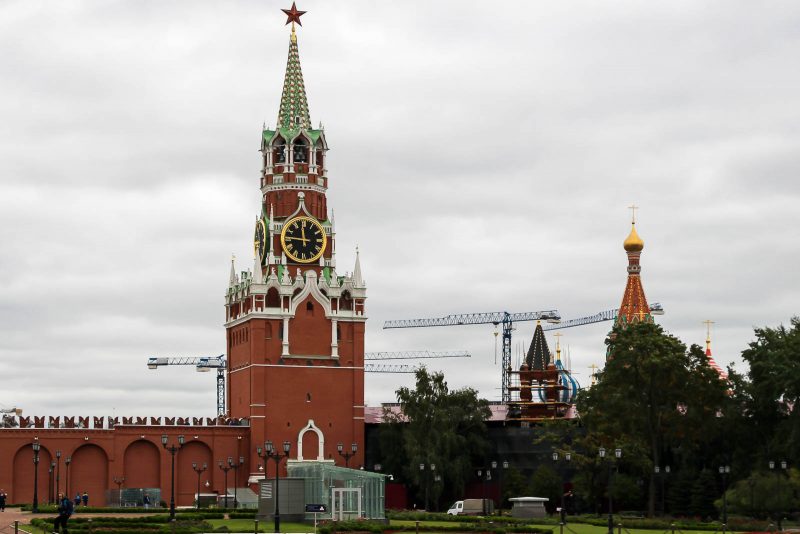Two short videos comparing two different types of medieval armor from practical point of view. One by an enthusiast owning a medieval armour replica in European style, and one by an enthusiast owning a medieval armour replica in Japanese style. Both armors were made specifically for these individuals, so they are fitted as well as they should be.
A lot of the things I learned in school about medieval armor and swords was evidently completely wrong. Like that armor restricted movement so much that it was impossible to move quickly, or that swords in Europe were blunt metal bars out of poor quality steel.






















![Democracy’s Disastrous Egg-dance, (1884), Joseph Keppler. A woman labeled “Democracy” wearing a blindfold labeled “Stupidity” is pushed by Samuel J. Randall toward a chair labeled “Presidenti[al] Chair”, with several eggs in the way on the ground, they are labeled “Honest Naval Appropriation, Civil Service Reform, Honest River – Harbor Appropriation, Economy, Anti-Silver Coinage, National Banking System, Tariff Reform, [and] Prompt Legislation”, two of the eggs are broken; among a group of men laughing, in the background on the right, are John Logan, John Sherman, and William D. Kelley. — Source.](https://i0.wp.com/freethoughtblogs.com/affinity/files/2018/04/EggDance1.jpg?resize=1024%2C643&ssl=1)






